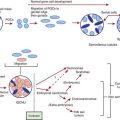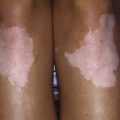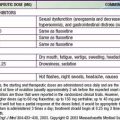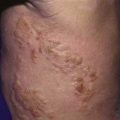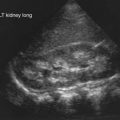Chapter 517 Introduction to the Child with Proteinuria
Because the dipstick reaction offers only a qualitative measurement of urinary protein excretion, children with persistent proteinuria should have proteinuria quantitated with the more precise spot urine protein:creatinine ratio (UPr:UCr). This ratio is calculated by dividing the UPr (mg/dL) concentration by the UCr (mg/dL) concentration and is best performed on a first morning voided urine specimen to eliminate the possibility of orthostatic (postural) proteinuria (Chapter 519). Ratios <0.5 in children <2 yr of age and <0.2 in children ≥2 yr of age suggest normal protein excretion. A ratio >2 suggests nephrotic-range proteinuria. UPr:UCr ratios have been shown to have a high correlation with protein excretion determinations in timed urine collection.
Abitbol C, Zilleruelo G, Freundlich M, et al. Quantitation of proteinuria with urinary protein/creatinine ratios and random testing with dipsticks in nephrotic syndrome. J Pediatr. 1990;116:243-247.
Hogg R, Portman RJ, Milliner D, et al. Evaluation and management of proteinuria and nephrotic syndrome in children: Recommendations from a pediatric nephrology panel established at the National Kidney Foundation Conference of Proteinuria, Albuminuria, Risk, Assessment, Detection, and Elimination. Pediatrics. 2000;105:1242-1249.
Tryggvason K, Patrakka J, Wartiovaara J. Hereditary proteinuria syndromes and mechanisms of proteinuria. N Engl J Med. 2006;354:1387-1401.
Vehaskari VM, Rapola J. Isolated proteinuria: analysis of a school-age population. J Pediatr. 1982;101:661-668.
Rademacher E, Sinaiko A. Albuminuria in children. Curr Opin Nephrol Hypertens. 2009;18:246-251.

